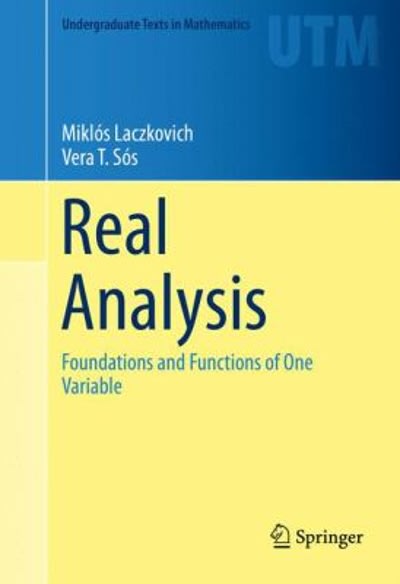Question
1. Suppose Canadian homeowners owe an average of $196,000 on their mortgages. Assume that mortgage debt is normally distributed in Canada with a standard deviation
1. Suppose Canadian homeowners owe an average of $196,000 on their mortgages. Assume that mortgage debt is normally distributed in Canada with a standard deviation of $94,000.
Standard Normal Distribution Table
a. Albertans are reported to owe $246,100 in mortgage debt, much higher than the Canadian average. What is the probability of randomly selecting a Canadian with mortgage debt that exceeds $246,100?
Round to four decimal places if necessary
b. What is the probability of randomly selecting a Canadian with mortgage debt below $93,000?
Round to four decimal places if necessary
c. Determine the minimum mortgage debt owing by the 18% of Canadians with the largest mortgages.
Round to the nearest dollar
2. Find the z-values corresponding to the given measures of position, assuming that Z is a continuous random variable that follows a standard normal distribution.
Standard Normal Distribution Table
a. The range of values of the bottom 26% of the data. z < b. The range of values of the middle 18% of the data. < z <
3. The average lifespan of a CleanFreek dishwasher is normally distributed with a mean of 8 years and a standard deviation of 1.9 years.
Standard Normal Distribution Table a. What is the probability that a CleanFreek dishwasher will last longer than 12 years? P(X > 12)=
b. What is the probability that a CleanFreek dishwasher will last fewer than 8 years? P(X < 8)=
c. What length warranty should be established on the dishwashers so that no more than 1.6% of the units will need to be replaced under warranty? x= years Round to 2 decimal places.
4. The average daily rate of a hotel in Canada as of August 2018 was $183.55. Assume the average daily rate follows a normal distribution with a standard deviation of $21.50.
Standard Normal Distribution Table a. What is the probability that the average daily rate of a Canadian hotel will be:
(i) less than $170 P(X < 170)=
(ii) more than $210 P(X > 210)=
(iii) Between $150 and $185 P(150 < X < 185)= b. Determine the average daily rates that separate the:
(i) top 4% of average daily rates from the rest of the daily rates or from the bottom 96% of average daily rates x= Round to 2 decimal places.
(ii) bottom 25% of average daily rates from the rest of the daily rates x= Round to 2 decimal places.
(iii) middle 65% of average daily rates from the rest of the daily rates < x < Round to 2 decimal places.
Step by Step Solution
There are 3 Steps involved in it
Step: 1

Get Instant Access to Expert-Tailored Solutions
See step-by-step solutions with expert insights and AI powered tools for academic success
Step: 2

Step: 3

Ace Your Homework with AI
Get the answers you need in no time with our AI-driven, step-by-step assistance
Get Started


